Discover everything you need to know about Ipomoea aquatica, from its nutritional benefits and growing tips to delicious culinary uses and potential health advantages.
What is Water Spinach (Kangkong)?
Water Spinach, scientifically known as Ipomoea aquatica, is a versatile, semi-aquatic tropical plant grown as a vegetable for its tender shoots and leaves. It’s widely popular across Southeast Asia and goes by many names, including Kangkong, Ong Choy (Cantonese), River Spinach, Water Morning Glory, and Swamp Cabbage. It’s characterized by its long, hollow stems and arrowhead- or heart-shaped leaves. This fast-growing green thrives in water or very moist soil, making it a staple food source in many tropical and subtropical regions.
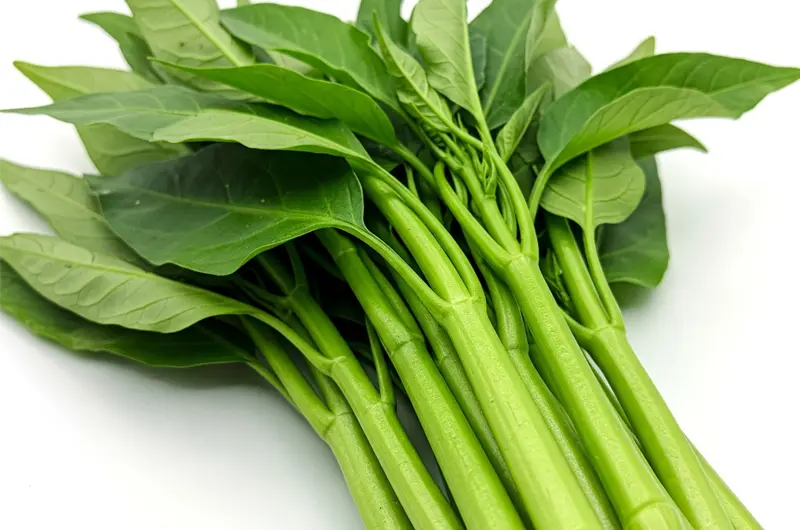
Nutritional Value of Water Spinach
Water Spinach is not just easy to grow and cook; it’s also packed with nutrients while being low in calories. It’s generally considered a good source of:
- Vitamins: Particularly rich in Vitamin A (important for vision and immune function) and Vitamin C (an antioxidant vital for skin health and immunity).
- Minerals: Contains significant amounts of iron (essential for blood production), calcium (for bone health), and potassium (important for heart function and blood pressure regulation).
- Fiber: Aids in digestion and helps maintain a healthy gut.
- Antioxidants: Helps protect the body against cell damage.
How to Grow Water Spinach
Growing your own Water Spinach is relatively easy, especially in warm climates.
Choosing a Location and Soil
Water Spinach thrives in full sun and requires consistently wet conditions. You can grow it directly in water (like a pond edge), in waterlogged soil, or even in containers, provided you keep the soil constantly moist to wet. A rich, loamy soil is ideal.
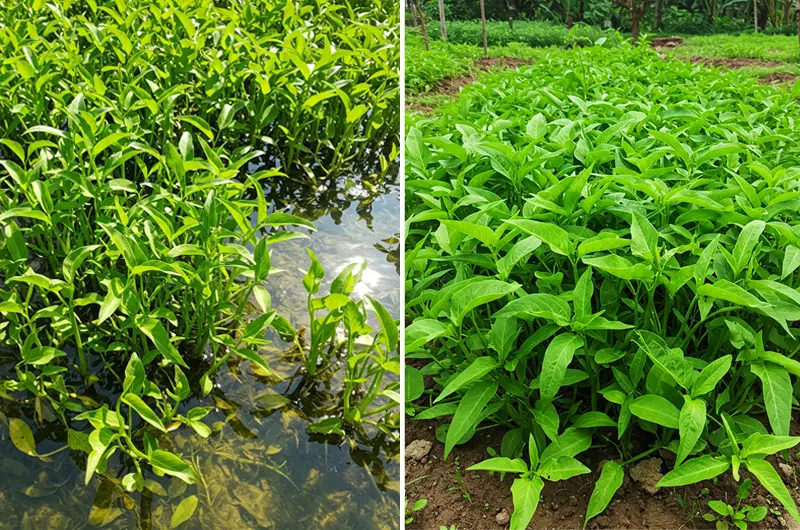
Planting Methods
- From Cuttings: This is often the fastest method. Simply place stems (about 12 inches long, with lower leaves removed) in water or push them into very wet soil. Roots will develop quickly.
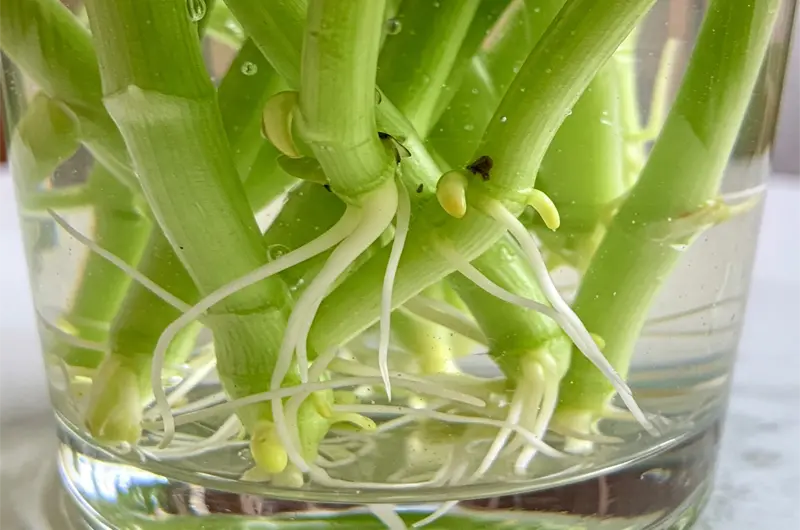
- From Seeds: Sow seeds in moist soil or seed trays. Keep them consistently damp and warm. Germination usually occurs within a week or two.
Watering and Care
The most crucial element is water. Never let the soil dry out. If growing in containers, you might stand the pot in a tray of water. Water Spinach is a heavy feeder, so occasional fertilizing with a balanced liquid fertilizer or compost can boost growth. It generally has few pest problems.
Harvesting
You can typically start harvesting about 4-6 weeks after planting. Cut the young stems and leaves about 2 inches above the base or water level. The plant will readily regrow, allowing for multiple harvests throughout the growing season. Harvest regularly to encourage tender new growth.
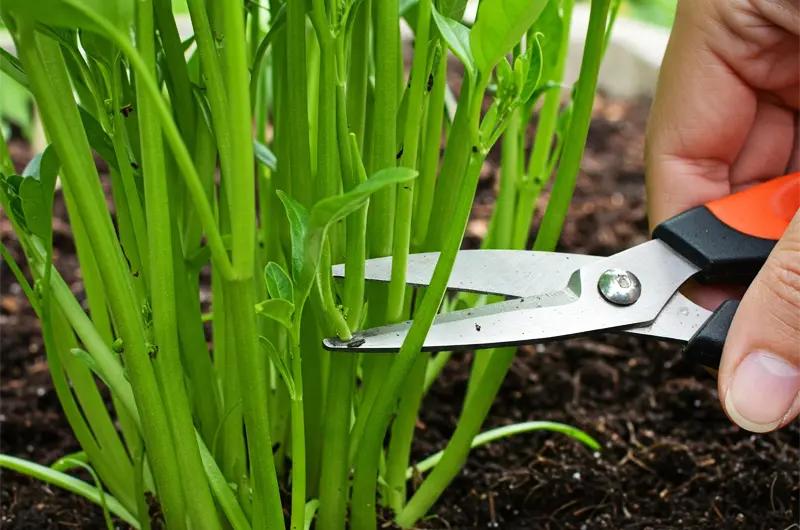
Culinary Uses of Water Spinach
Water Spinach is prized in Asian cuisine for its mild, slightly sweet flavor and its delightful texture contrast – tender leaves and crunchy hollow stems.
Popular Water Spinach Dishes
It’s incredibly versatile and features in many dishes:
- Stir-fries: The most common preparation. Often stir-fried with garlic, chili, shrimp paste (belacan), fermented tofu, or oyster sauce. (e.g., Kangkung Belacan, Garlic Ong Choy).
- Soups: Added to noodle soups or clear broths.
- Blanched/Steamed: Served simply with a dipping sauce.
- Adobo: In the Philippines, Adobong Kangkong (cooked in vinegar, soy sauce, and garlic) is popular.
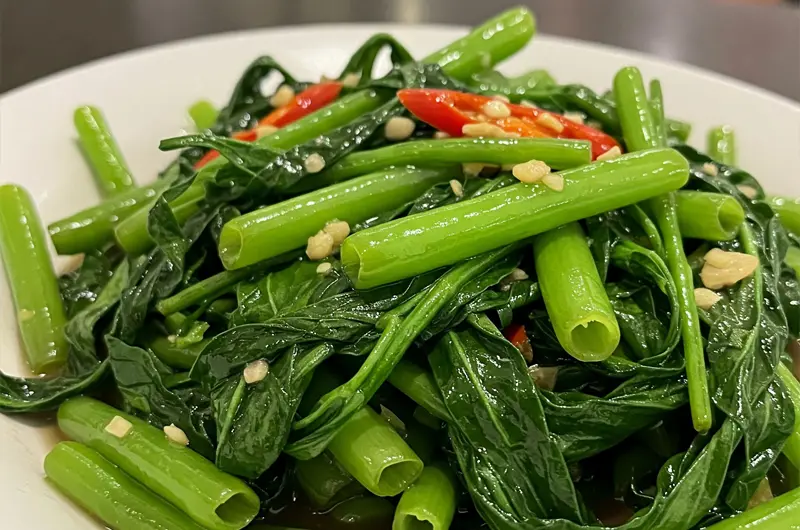
Tips for Cooking Water Spinach
- Wash Thoroughly: Especially if harvested from natural waterways, wash carefully in clean water.
- Cook Quickly: Stir-fry or blanch briefly over high heat to maintain the crunchiness of the stems and prevent the leaves from becoming slimy.
- Separate Stems and Leaves (Optional): Some cooks add the tougher stem pieces to the pan slightly before the leaves, as they take a bit longer to cook.
Health Benefits of Eating Water Spinach
Incorporating Water Spinach into your diet can offer several health advantages linked to its nutrient profile:
- Supports Eye Health: Due to high Vitamin A content.
- Boosts Immunity: Thanks to Vitamin C and other antioxidants.
- Aids Digestion: The dietary fiber promotes regular bowel movements.
- May Help Prevent Anemia: Its iron content contributes to red blood cell formation.
- Supports Bone Health: Provides essential calcium.
Potential Concerns and Considerations
- Water Source: Because it grows in water, Water Spinach can absorb pollutants like heavy metals if grown in contaminated waterways. Always source from reputable suppliers or grow it yourself in clean conditions.
- Parasites: If harvested from unclean water sources, there’s a small risk of parasites. Thorough washing and, importantly, cooking the vegetable eliminates this risk. It is generally not recommended to eat Water Spinach raw unless you are certain of its source and cleanliness.
Where can be found?
You can typically find fresh Water Spinach at:
- Asian grocery stores
- Farmers’ markets in areas with large Asian populations
- Some larger supermarkets with well-stocked international produce sections.
- Or, as detailed above, you can easily grow your own!
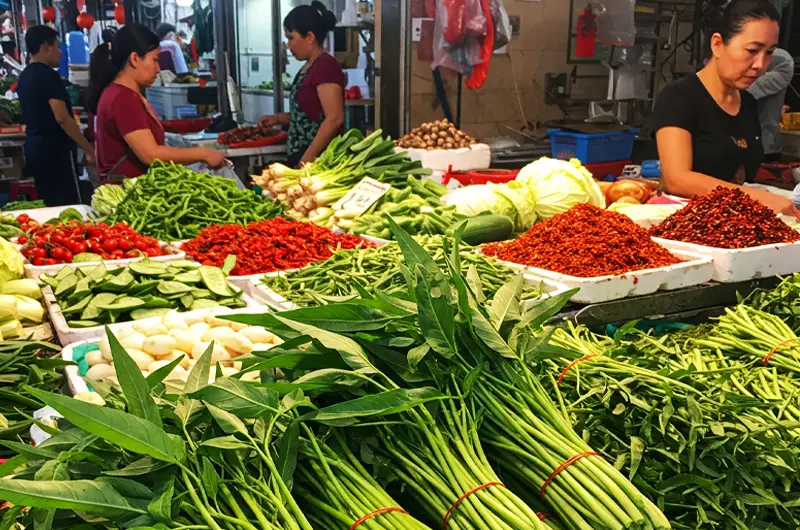
Water Spinach (Kangkong/Ong Choy) is a delicious, nutritious, and easy-to-grow leafy green vegetable that deserves a place in kitchens worldwide. Its versatility in cooking, rapid growth, and health benefits make it a valuable addition to any diet. Whether stir-fried with garlic or added to a savory soup, this humble green offers fantastic flavor and nutrition.
Latest Posts:

